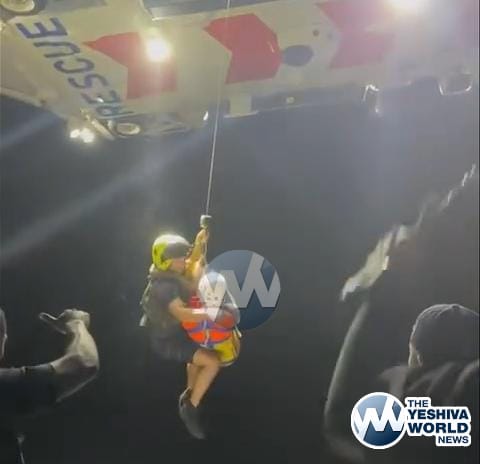 The US Airways jetliner that crashed into New York’s Hudson River last week experienced an engine compressor failure two days earlier, federal safety investigators said Monday.National Transportation Safety Board spokesman Peter Knudson said the board’s examination of the Airbus 320’s maintenance records show “there was an entry in the aircraft’s maintenance log that indicates a compressor stall occurred on Jan. 13.” The compressor, or fan, draws air into the engine.
The US Airways jetliner that crashed into New York’s Hudson River last week experienced an engine compressor failure two days earlier, federal safety investigators said Monday.National Transportation Safety Board spokesman Peter Knudson said the board’s examination of the Airbus 320’s maintenance records show “there was an entry in the aircraft’s maintenance log that indicates a compressor stall occurred on Jan. 13.” The compressor, or fan, draws air into the engine.
He said the flight had a different pilot that day, and the board planned to interview that pilot to learn more about the incident.
NTSB investigators so far have not uncovered “any anomalies or malfunctions with Flight 1549 from the time it left the gate at LaGuardia Airport on Jan. 15 to the point the pilot reported a birdstrike and loss of engine power,” Knudson said. Pilot Chesley “Sully” Sullenberger was able to glide to plane to an emergency river landing and there were no fatalities.
CNN reported Monday that passengers on the Flight 1549 that left LaGuardia Airport on Jan. 13 reported hearing loud bangs followed by an announcement from the pilot that the aircraft was either returning to LaGuardia or going to try to land — there were differing accounts of the pilot’s statements.
However, passengers said that a short time later the situation appeared to return to normal and the flight continued on to Charlotte, N.C., CNN said.
It’s not unusual for a flight to continue on to its destination after a compressor stall if the engine returns to normal functioning.
The probe into the crash-landing of the US Airways jetliner will take a year, and the lessons learned from the spectacular accident will last much longer, Robert Benzon, a senior NTSB investigator, said.
(Source: WCBSTV)











One Response
A previous compressor problem was unlikely the cause of a double-engine burn-out following a bird strike involving numerous birds. The inspection of the engiens will tell the tale.